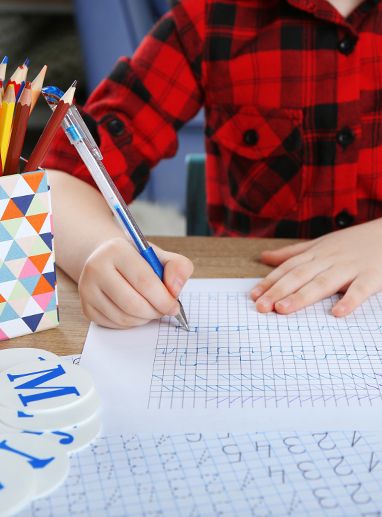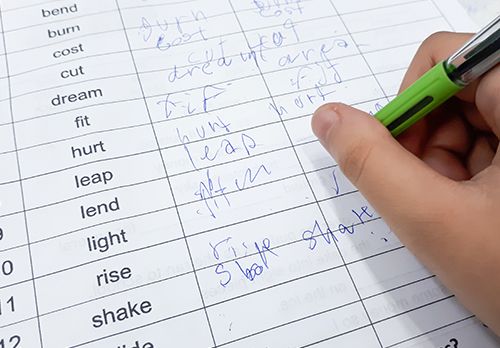The Brain, Not the Eyes, Processes the Visual World, Including Things Like Symbols, Pictures and Distances

Visual Processing
Weaknesses in these brain functions are called visual processing disorders or visual perceptual disorders. For example, if your child passes the vision test but doesn’t see the difference between a triangle and a square, the eyes aren’t the problem. The issue is the visual processing skills.
With most children, visual processing develops normally without any special attention or intervention. In some children however, the development of visual processing skills does not keep pace with their growth in other areas. This lag of development can lead to difficulty acquiring a sound foundation in reading, handwriting, and math skills in the early grades.
While there are ways to help kids compensate for those weaknesses, visual processing issues present lifelong challenges if not addressed. They are not considered a learning disability, however are farily common in kids who have learning issues. They also impact their ability to do ordinary things like sorting socks or playing a simple game of kickball. They can also lead to problems with socializing and self-esteem. Some kids may become frustrated and withdrawn.
What Types Of
Visual Processing Problems
Can Occur?

Visual discrimination issues
Difficulty seeing the difference between two similar letters, shapes or objects.

Figure-ground discrimination issues
Not being able to pull out a shape or character from its background

Sequencing Issues
Difficulty in being able to tell the order of symbols, words or images.

Visual-motor processing issues
difficulty in using feedback from the eyes to coordinate the movement of other parts of the body.

Long or short-term visual memory issues
Difficulty recalling what has been seen

Visual-spatial issues
Difficulty being able to tell where objects are in space

Visual closure issues
Difficulty identifying an object when only parts are visible.

Letter, number and symbol reversal issues
Switching or reversing letters or numbers when reading, writing or speaking.
Symptoms Of A Visual Processing Problem Include:

Reversals of letters, numbers, or words
Sloppy handwriting, poor spacing of letters, can't stay on a line
Difficulty copying from the board
Doesn't complete tests or written work
Poorly organized written work
Overwhelmed with crowded pages or worksheets
Difficulty with scantron answer sheets
Responds better verbally (especially with spelling words)
Poor fine or gross motor skills
Confusion of similar words when reading
Poor retention of visual material (sight words)
Poor attention during visual tasks
Better auditory learner







